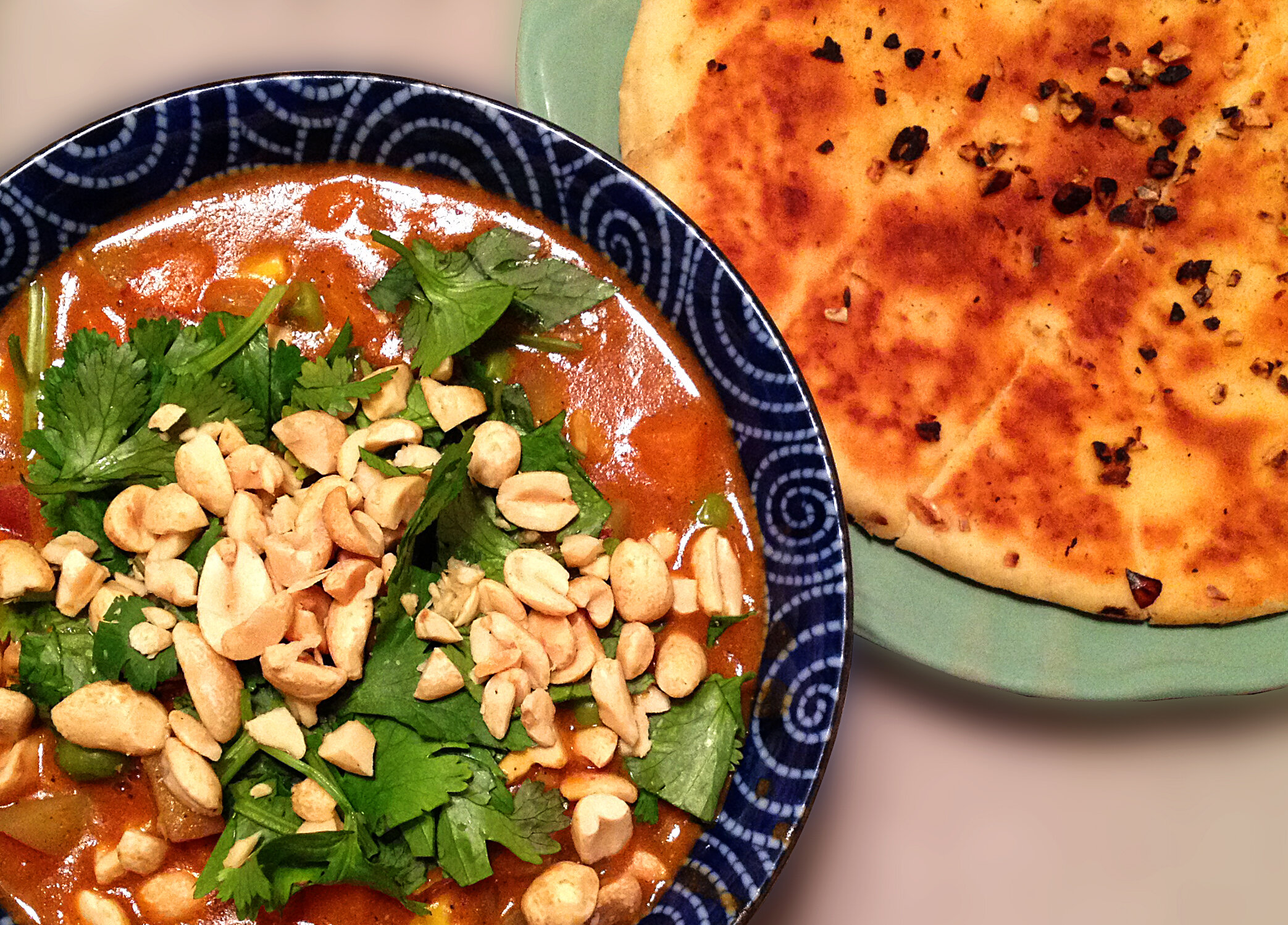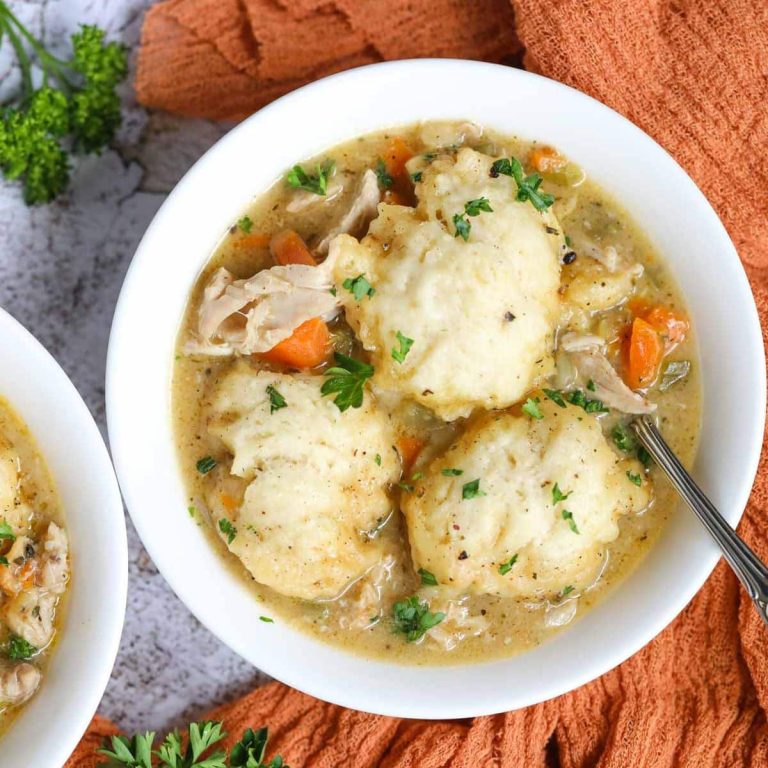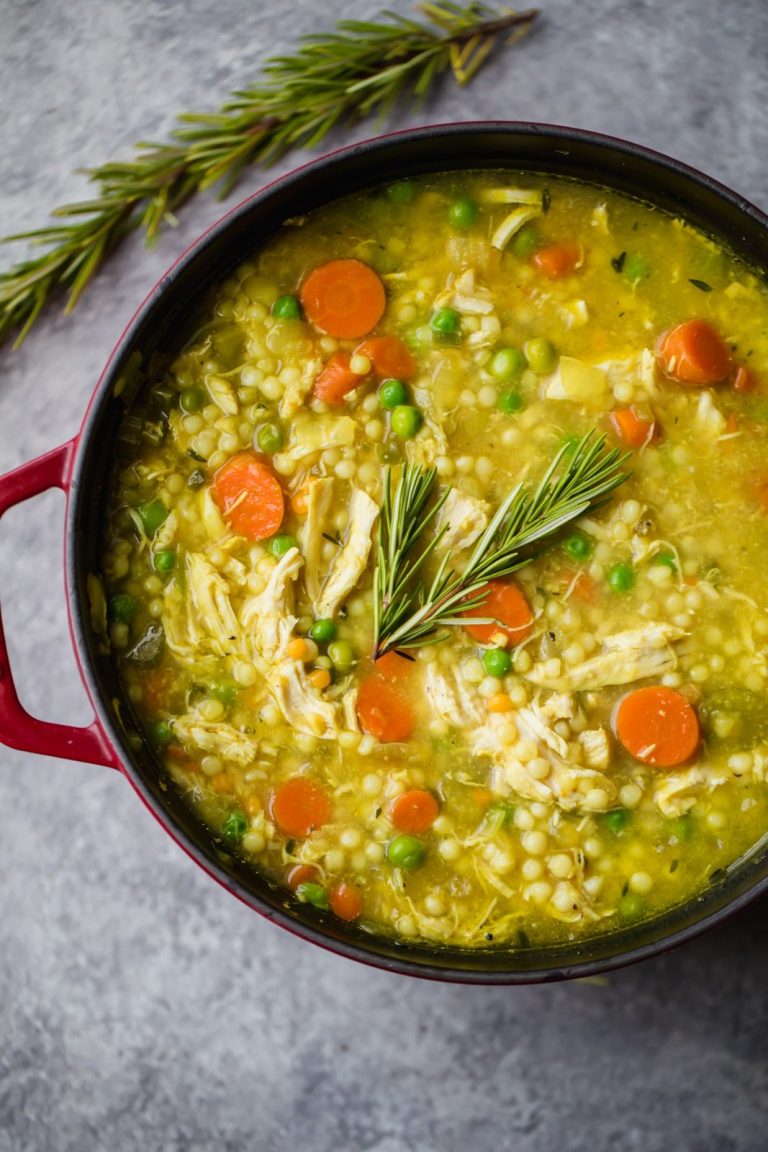Vegetarian Korma: Recipes, Origins, and Health Benefits
Vegetarian korma dates back to the Mughal dynasty in India. The Mughals brought Persian culinary influences, which inspired many traditional Indian dishes, including korma. Originally, korma was a meat-based dish cooked with yogurt, cream, and a mixture of spices. Over time, vegetarians adapted the recipe to include a variety of vegetables, retaining the rich, creamy sauce that defines korma today. Historical texts show that korma was a royal dish enjoyed by emperors, symbolizing luxury and refinement.
Regional Variations
Different regions across India have their unique takes on vegetarian korma. In North India, you often find a version that uses a base of yogurt and cashew paste, giving it a smooth and creamy texture. South Indian korma, on the other hand, may incorporate coconut milk, adding a subtle sweetness and tropical flavor. Some regional variations also include specific vegetables like carrots, potatoes, and peas, or greens like spinach to enhance the dish. In modern adaptations, you’ll see cooks integrating seasonal and local produce, making each variant distinct yet equally delightful.
Key Ingredients of Vegetarian Korma
Choosing the Right Vegetables
Selecting a variety of vegetables enriches the flavor of vegetarian korma. Common choices include potatoes, carrots, peas, cauliflower, and green beans. Seasonal produce like bell peppers, zucchini, or squash can add unique tastes and textures. Ensure vegetables are fresh and evenly chopped for consistent cooking. Cook harder vegetables first to maintain uniform texture.
Essential Spices and Herbs
Spices and herbs form the backbone of vegetarian korma’s rich flavor profile. Key spices include cumin, coriander, turmeric, and garam masala. Use whole spices like cloves, cardamom, and bay leaves for a robust aroma. Fresh herbs such as cilantro enhance the dish’s freshness. Use ginger and garlic paste for depth. Adjust spice quantities according to your palate, balancing heat and warmth.
Step-by-Step Cooking Guide
Preparing the Base
First, gather fresh vegetables. Use 2 potatoes, 2 carrots, 1 cup of peas, and 1 cup of cauliflower florets. Wash and cut them uniformly for even cooking. Set aside 2 chopped tomatoes, 1 chopped onion, and ginger-garlic paste made from 1-inch ginger and 4 garlic cloves.
In a large pan, heat 2 tablespoons of oil over medium heat. Add chopped onions and sauté until golden brown, around 5 minutes. Incorporate the ginger-garlic paste and cook for 2 minutes.
Add chopped tomatoes and cook until they soften, roughly 5 minutes. Introduce 1 teaspoon of cumin seeds, 1 teaspoon of coriander powder, 1/2 teaspoon of turmeric, and 1 teaspoon of garam masala. Sauté spices for 2 minutes until aromatic.
Cooking and Simmering Techniques
After the base is ready, add the prepared vegetables. Stir well to coat them with the spice mixture, ensuring everything is evenly distributed.
Pour in 1 cup of water, then cover the pan and let it simmer for about 15 minutes on low heat. Check periodically to ensure the vegetables are soft but not overcooked.
Create the creamy texture by adding 1/2 cup of yogurt and 1/4 cup of ground cashew paste if following the North Indian style. Stir continuously to avoid curdling.
For a South Indian touch, substitute yogurt and cashew paste with 1 cup of coconut milk. Mix thoroughly to blend the flavors. Cook for an additional 5 minutes, allowing the sauce to thicken slightly.
Taste and adjust seasoning if needed. Garnish with fresh cilantro before serving.
Nutritional Benefits of Vegetarian Korma
Health Advantages of Plant-Based Ingredients
Vegetarian korma features various plant-based ingredients rich in essential nutrients. Vegetables like carrots, peas, and bell peppers (examples of vegetables) provide vitamins A, C, and K, which support immune function, skin health, and bone strength. Legumes, like chickpeas and lentils, offer abundant plant protein and fiber, aiding digestion and maintaining cholesterol levels. Spices, such as turmeric and ginger, contain potent antioxidants and anti-inflammatory compounds that promote overall well-being.
Caloric and Nutritional Content
Vegetarian korma offers a balanced caloric intake with nutrient-dense components. A typical serving of vegetarian korma (about one cup) contains approximately:
| Nutrient | Amount per Cup |
|---|---|
| Calories | 250-300 |
| Protein | 5-8 grams |
| Carbohydrates | 30-40 grams |
| Dietary Fiber | 5-10 grams |
| Fats | 10-15 grams |
Vegetarian korma’s moderate calorie count makes it a suitable option for individuals seeking nutritious, hearty meals. The abundant fiber content from vegetables and legumes supports digestive health, while moderate proteins and healthy fats contribute to a balanced diet.
Serving and Pairing Suggestions
Ideal Accompaniments
Serve vegetarian korma with a variety of dishes to enhance your meal. Rice options like steamed basmati or fragrant jasmine rice complement the rich flavors. Bread choices, such as naan, roti, or chapati, are perfect for scooping up the savory korma. Lentil-based sides like dal can add an extra layer of taste and nutrition. A refreshing raita made from yogurt, cucumber, and mint balances the richness of the korma.
| Accompaniment | Description |
|---|---|
| Steamed Basmati Rice | Fragrant rice that absorbs korma sauce seamlessly |
| Naan | Soft, pillowy bread ideal for scooping |
| Roti/Chapati | Thin, whole-wheat bread complementing the korma flavor |
| Dal | Lentil soup adding protein and complexity |
| Cucumber Mint Raita | Cool, refreshing yogurt dip |
Creative Serving Ideas
Experiment with different ways to present and enjoy vegetarian korma. Fill hollowed-out bread bowls with korma for a unique serving method. Arrange a korma platter featuring small portions of korma, rice or bread, raita, and pickled vegetables for a balanced meal. Use korma as a sauce over pasta or quinoa for a fusion twist. Incorporate korma into a stuffed vegetable dish, using bell peppers or tomatoes as edible containers.
These varied serving ideas ensure that each mealtime experience with vegetarian korma feels new and exciting, making the most of its diverse and rich flavors.
Conclusion
Vegetarian korma is more than just a meal; it’s a celebration of rich flavors and nutritional benefits. By embracing its diverse regional variations and experimenting with unique ingredients, you can create a dish that’s both satisfying and healthy. Whether you pair it with traditional accompaniments like naan and basmati rice or get creative with serving ideas, vegetarian korma offers endless possibilities. Dive into this culinary journey and enjoy the vibrant, wholesome experience that vegetarian korma brings to your table.






